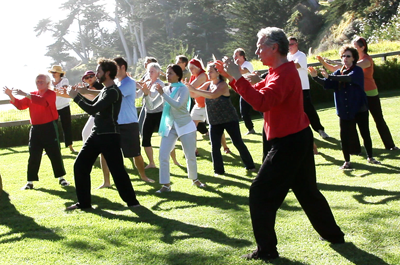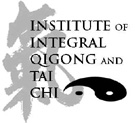 |
Qigong and
|
- Qigong and Tai Chi initiate the “relaxation response,” which is fostered when the mind is freed from its many distractions. This decreases the sympathetic function of the autonomic nervous system, which in turn reduces heart rate and blood pressure, dilates the blood capillaries, and optimizes the delivery of oxygen and nutrition to the tissues.
- Qigong and Tai Chi alter the neurochemistry profile toward accelerated inner healing function. Neurotransmitters, also called information molecules, bond with receptor sites in the immune, nervous, digestive, endocrine and other systems to excite or inhibit function to moderate pain, enhance organ capacity, reduce anxiety or depression, and neutralize addictive cravings.
- Qigong and Tai Chi enhance the efficiency of the immune system through increased rate and flow of the lymphatic fluid and activation of immune cells. Resistance to disease and infection is accelerated by the elimination of toxic metabolic by-products from the interstitial spaces in the tissues, organs, and glands through the lymphatic system.
- Qigong and Tai Chi increases the efficiency of cell metabolism and tissue regeneration through increased circulation of oxygen and nutrient rich blood to the brain, organs, and tissues.
- Qigong and Tai Chi coordinate and balance right/left brain hemisphere dominance promoting deeper sleep, reduced anxiety, and mental clarity.
- Qigong and Tai Chi induce alpha and, in some cases, theta brain waves which reduce heart rate and blood pressure, facilitating relaxation, and mental focus; this optimizes the body’s self-regulative mechanisms by decreasing the activity of the sympathetic nervous system.
- Qigong and Tai Chi moderate the function of the hypothalamus, pituitary, and pineal glands, as well as the cerebrospinal fluid system of the brain and spinal cord, which manages pain and mood as well as optimizing immune function.

